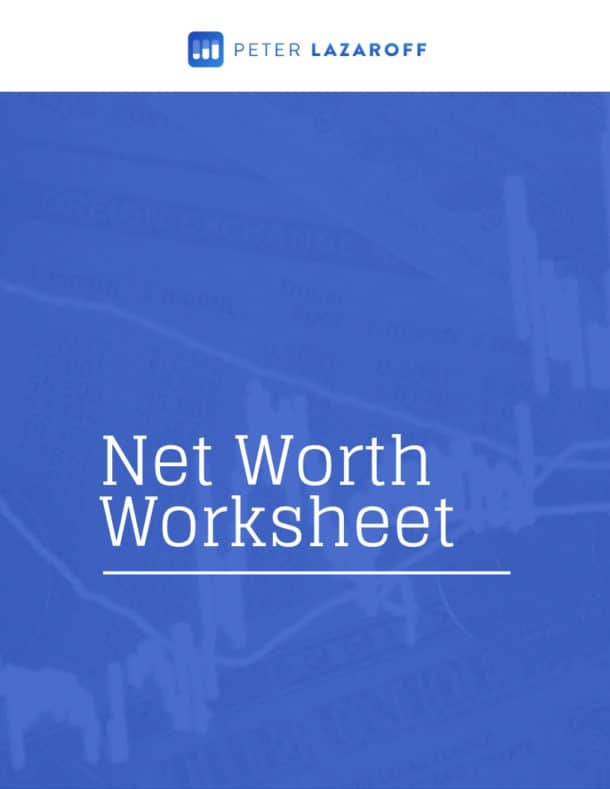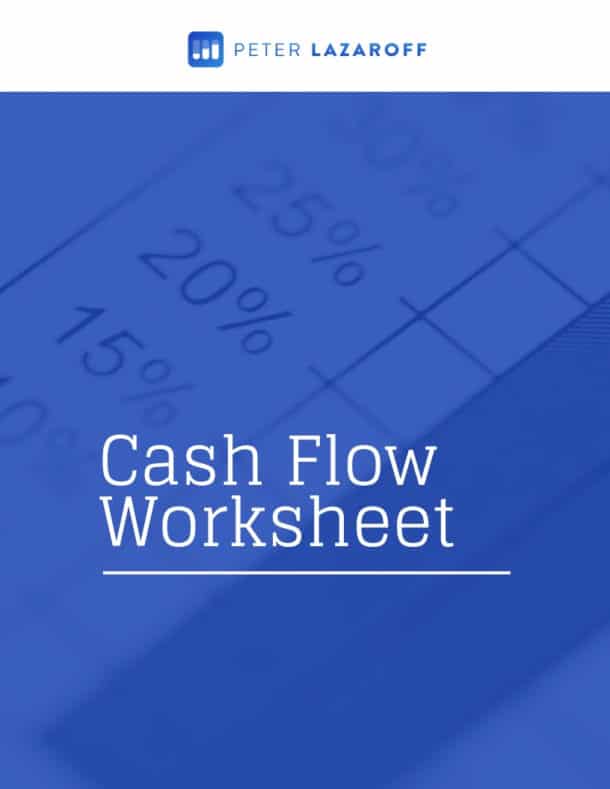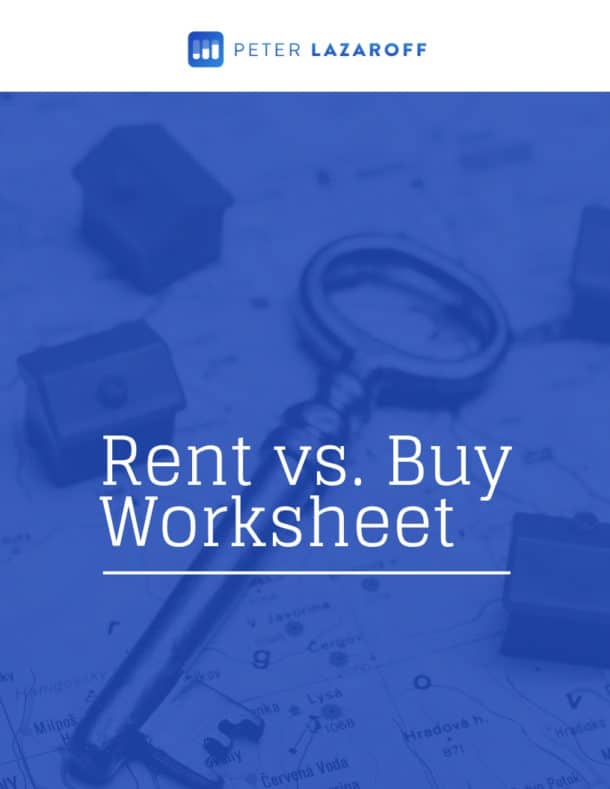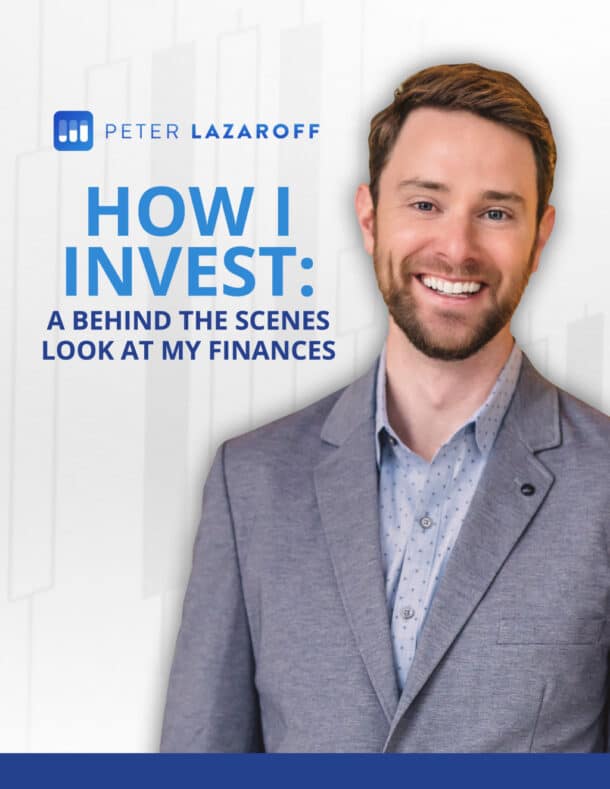Watch Now
Listen Now
In this episode, I welcome Bob Pisani, the senior markets correspondent at CNBC and author of the book Shut Up and Keep Talking, to discuss his unique perspective and vast experience covering financial markets for CNBC over the past 35 years.
Throughout this journey, Bob has watched the NYSE evolve significantly, from a bustling trading floor filled with thousands of traders and brokers shouting orders, to today’s quieter, technology-driven environment. His daily presence at the exchange not only provides viewers with real-time analysis and market insights but also offers a unique perspective on the broader transformations in trading, investing, and market dynamics over the years.
In this conversation, Bob is poised to share insights from his tenure at CNBC, delve into pivotal historical market events, and provide valuable perspectives for investors seeking a deeper understanding of market behavior and long-term investing strategies.
These are my notes from our conversation.
Sign up for my newsletter so you can easily reply to my emails with your thoughts or questions for the podcast:
How Electronic Trading and ETFs Transformed Investing (02:45)
When Bob Pisani first stepped onto the floor of the New York Stock Exchange (NYSE) in 1997, he was entering an environment vastly different from the one investors experience today. Back then, around 4,000 people worked directly on the trading floor, conducting nearly 80% of all trading volume through a method known as open outcry—brokers and traders shouting orders in a noisy, energetic atmosphere.
Fast forward to today, and electronic trading has dramatically reshaped this iconic setting. Thanks to advances in technology, the floor now hosts only about 200 traders, who collectively handle roughly 15% of trading volume. The majority of trading activity occurs electronically, with orders matched swiftly and efficiently by computer algorithms.
Alongside the shift to electronic trading, another significant market innovation Bob highlights is decimalization. In the mid-1990s, stocks traded in fractions—primarily in eighths—resulting in a spread of at least 12.5 cents per trade. The move to trading stocks in decimals dramatically narrowed these spreads, benefiting investors substantially. As Bob explains, the transition from fractions to pennies significantly reduced trading costs, thereby making the markets fairer and more efficient for all investors.
Equally transformative was the introduction and subsequent popularity of exchange-traded funds (ETFs). Although Jack Bogle pioneered index investing with Vanguard’s introduction of the first index mutual fund tracking the S&P 500 in the mid-1970s, the true widespread adoption of passive investing accelerated with the launch of ETFs in 1993. ETFs allowed investors an easy, cost-effective way to gain broad exposure to entire markets or specific market segments, alleviating the need to select individual stocks. Bob emphasizes how ETFs empowered everyday investors by providing simple, transparent, and inexpensive access to the market, fundamentally reshaping investment strategies across the globe.
Lastly, Bob notes the significance of behavioral finance, a field that emerged prominently during his career. Behavioral finance explores how psychological factors and cognitive biases influence investor decisions, challenging the traditional assumption that people behave rationally in markets. By recognizing that investors frequently act irrationally—often buying high and selling low out of panic or excitement—this field has profoundly influenced how investors and professionals alike think about risk management and market behavior.
These combined innovations—electronic trading, decimalization, ETFs, and the insights provided by behavioral finance—have collectively transformed investing over the past three decades, significantly impacting both market efficiency and investor experience.
Why the Complexity of Markets Remains Behind the Curtain (05:56)
Bob Pisani points out that despite the immense complexity underlying financial markets, most investors neither understand nor need to grasp the intricate mechanics that drive them. Drawing a relatable analogy, Bob compares market infrastructure to flying a plane: passengers don’t need to know exactly how an airplane flies to appreciate that it works—they simply trust that the plane will safely transport them from one place to another.
Markets operate in a similar fashion. When an investor pushes a button to buy or sell a stock, the order executes seamlessly in fractions of a second—a process Bob describes as near-miraculous, given the decades-long evolution of hardware, software, and market structure technologies required to make this possible. He emphasizes that investors don’t need to master these complexities to participate effectively; what’s important is confidence in the reliability of the system itself.
In short, while the detailed workings of market operations remain behind the curtain, that’s precisely how it should be. Investors can (and should) remain focused on their financial goals, letting the sophisticated market infrastructure handle the complexities behind the scenes.
Common Investor Mistakes and the Challenges of Predicting Markets (07:30)
Despite decades of evidence demonstrating the futility of stock picking and market timing, Bob Pisani observes that investors—both amateur and professional—continue falling into these common traps. He attributes this persistent behavior to deep-rooted psychological impulses, explaining that humans are naturally inclined to forecast the future as part of an inherent survival mechanism. This innate need to predict and plan often leads investors astray, prompting them to overestimate their control and accuracy in forecasting market outcomes.
Bob underscores two primary reasons for the difficulty in predicting market movements: cognitive biases and the sheer complexity of variables involved. Investors commonly suffer from overconfidence, believing that recent successful predictions indicate future accuracy, or recency bias, where recent market movements overly influence their outlook. These biases severely distort rational judgment.
To illustrate the inherent complexity of forecasting, Bob provides an example of analyzing a single company, Caterpillar. What might seem like a straightforward task—predicting the company’s earnings and subsequent stock price—becomes nearly impossible when accounting for endless variables. Factors such as global economic conditions, geopolitical events, competition, and even internal management issues create an overwhelming number of uncertainties, making accurate predictions extraordinarily difficult.
Recognizing these limitations helps investors adopt a healthier perspective: instead of futilely chasing precise forecasts, they are better off embracing humility and relying on disciplined, long-term investment strategies.
Navigating Headlines and Staying Calm During Market Volatility (14:36)
When faced with market volatility and alarming financial headlines, Bob Pisani emphasizes the wisdom of legendary investor Jack Bogle, who famously advised investors: “Don’t just do something, stand there.” Bob explains that investors often feel compelled to react immediately to headlines, mistakenly believing that swift action will protect their portfolios. Yet, history shows that frequent trading in response to short-term news often harms long-term returns.
Bob stresses the importance of having a clearly defined investment plan, highlighting that most market fluctuations do not warrant action. He shares how many CNBC viewers admit they watch the channel not to trade actively but simply to “watch their money,” underscoring the importance of staying informed without succumbing to panic-driven decisions.
To remain calm during periods of market chaos, Bob recommends keeping a long-term perspective. He explains that market downturns, even those approaching 20%, occur periodically but are generally temporary. Typically, markets recover within roughly eighteen months, reinforcing the value of patience and discipline during challenging times.
Bob practices what he preaches, maintaining a portfolio allocation that suits his personal risk tolerance and long-term goals—70% stocks, 25% bonds, and 5% cash. By understanding one’s risk tolerance, investment horizon, and financial objectives, investors can better navigate market volatility without making impulsive decisions that could jeopardize their financial future.
Reflections from Major Market Crises: Dot-Com, 9/11, and 2008 (17:19)
Bob Pisani vividly recalls major market crises that profoundly shaped both his professional outlook and personal philosophy as a financial journalist. Starting with the Dot-Com bubble burst around 2000, Bob remembers how investors learned painful yet crucial lessons about diversification. Many had heavily invested in a narrow group of high-flying technology stocks, only to see their portfolios devastated when the bubble burst. This harsh lesson highlighted the dangers of concentrated bets and the importance of diversification.
The tragedy of 9/11 had a deeply emotional impact on Bob, the NYSE, and the nation as a whole. Working mere blocks from Ground Zero, Bob experienced firsthand the profound grief and trauma that followed the attacks. The event influenced him significantly, driving him to adopt meditation as a coping mechanism—a practice he credits with helping him stay calm and maintain clear-headedness amidst future market turmoil.
Perhaps the most impactful crisis from an investor perspective was the 2008 Great Financial Crisis. Bob remembers vividly watching investors panic, often selling stocks at the absolute market bottom—exactly the wrong decision. Observing such behavior deeply troubled him, reinforcing his commitment to educating investors on avoiding emotion-driven mistakes. He recalls sitting on the curb, feeling immense sadness knowing people were liquidating assets at the worst possible time, causing financial damage that would take years to repair.
Throughout these events, Bob learned the critical importance of emotional control, disciplined investing, and providing calm, rational analysis during periods of extreme market volatility. These crises taught him—and reinforced for investors everywhere—that maintaining perspective and avoiding reactionary decisions are essential to long-term financial success.
Storytelling, Communication, and Memorable Interactions on Wall Street (26:29)
Throughout his career, Bob Pisani has come to deeply appreciate the power of storytelling and simplicity in financial communication. Influenced greatly by Art Cashin, a legendary figure on the trading floor who emphasized narrative over numerical overload, Bob learned that effective financial reporting involves connecting with people through relatable stories and clear explanations rather than relying heavily on statistics.
Bob reflects warmly on memorable interactions he’s experienced on Wall Street, sharing colorful anecdotes that highlight both the humanity and celebrity encounters he’s had. One standout month, December 1999, encapsulated this unique blend of finance and popular culture, bringing unforgettable encounters with figures such as Muhammad Ali, Jack Welch, and iconic broadcaster Walter Cronkite. Bob vividly recalls Cronkite—a legendary news anchor known for his critical view of punditry—unexpectedly turning the tables by asking Bob about the stock market’s growing prominence. Bob humorously describes this surreal moment, realizing, “Walter Cronkite is interviewing me! This is the greatest moment of my life.”
Other encounters included a memorable bell-ringing moment when Jimmy Page, legendary guitarist for Led Zeppelin, electrified the NYSE trading floor by playing “Whole Lotta Love,” and insightful conversations with entertainers like Aretha Franklin and Barry Manilow. Manilow, in particular, offered profound insights on career longevity, reinforcing Bob’s belief in pursuing and sticking with work one genuinely loves—advice that resonated deeply with Bob’s own decades-long commitment to financial journalism.
These experiences, combined with his dedication to accessible storytelling, have solidified Bob’s reputation as an engaging financial communicator who bridges the gap between complex market dynamics and everyday investor understanding.
The Ongoing Importance of Curiosity and Investor Education (35:35)
Bob Pisani remains deeply committed to investor education, driven by an enduring curiosity and a passion for teaching. Despite significant progress in financial literacy over the decades, he acknowledges there’s still much work to be done. He reflects on CNBC’s original mission to educate viewers about investing, noting proudly that they’ve helped shape better-informed investors. Yet, Bob continues to see widespread misinformation and misunderstandings, which motivates him to keep finding innovative ways to connect with and educate the public.
Bob believes strongly that new technologies, particularly artificial intelligence (AI), hold great potential to improve financial education by delivering personalized, accurate, and accessible learning experiences. He cautions, however, that technology alone isn’t the solution—highlighting the risk of AI being fed poor-quality information (“garbage in, garbage out”).
Importantly, Bob expresses gratitude that his personal curiosity and enthusiasm for markets and education haven’t diminished over time. Approaching his seventieth birthday, he’s thrilled to still find excitement and meaning in exploring financial markets, journalism, and teaching. His enduring curiosity continues to fuel his desire to help people make better financial and life decisions, ensuring his legacy as both a thoughtful financial communicator and a dedicated educator.
Resources:
- Shut Up and Keep Talking by Bob Pisani
- Follow Bob’s ongoing insights and analysis at Trader Talk
The Long Term Investor audio is edited by the team at The Podcast Consultant
Submit Your Question For the Podcast
Do you have a financial or investing question you want answered? Submit your question through the “Ask Me Anything” form at the bottom of my podcast page.
Support the Show
Thank you for being a listener to The Long Term Investor Podcast. If you’d like to help spread the word and help other listeners find the show, please click here to leave a review.
I read every single one and appreciate you taking the time to let me know what you think.
Free Financial Assessment
Do you want to make smart decisions with your money? Discover your biggest opportunities in just a few questions with my Financial Wellness Assessment.

Disclosure: This content, which contains security-related opinions and/or information, is provided for informational purposes only and should not be relied upon in any manner as professional advice, or an endorsement of any practices, products or services. There can be no guarantees or assurances that the views expressed here will be applicable for any particular facts or circumstances, and should not be relied upon in any manner. You should consult your own advisers as to legal, business, tax, and other related matters concerning any investment.
The commentary in this “post” (including any related blog, podcasts, videos, and social media) reflects the personal opinions, viewpoints, and analyses of the Plancorp LLC employees providing such comments, and should not be regarded the views of Plancorp LLC. or its respective affiliates or as a description of advisory services provided by Plancorp LLC or performance returns of any Plancorp LLC client.
References to any securities or digital assets, or performance data, are for illustrative purposes only and do not constitute an investment recommendation or offer to provide investment advisory services. Charts and graphs provided within are for informational purposes solely and should not be relied upon when making any investment decision. Past performance is not indicative of future results. The content speaks only as of the date indicated. Any projections, estimates, forecasts, targets, prospects, and/or opinions expressed in these materials are subject to change without notice and may differ or be contrary to opinions expressed by others.
Please see disclosures here.
















